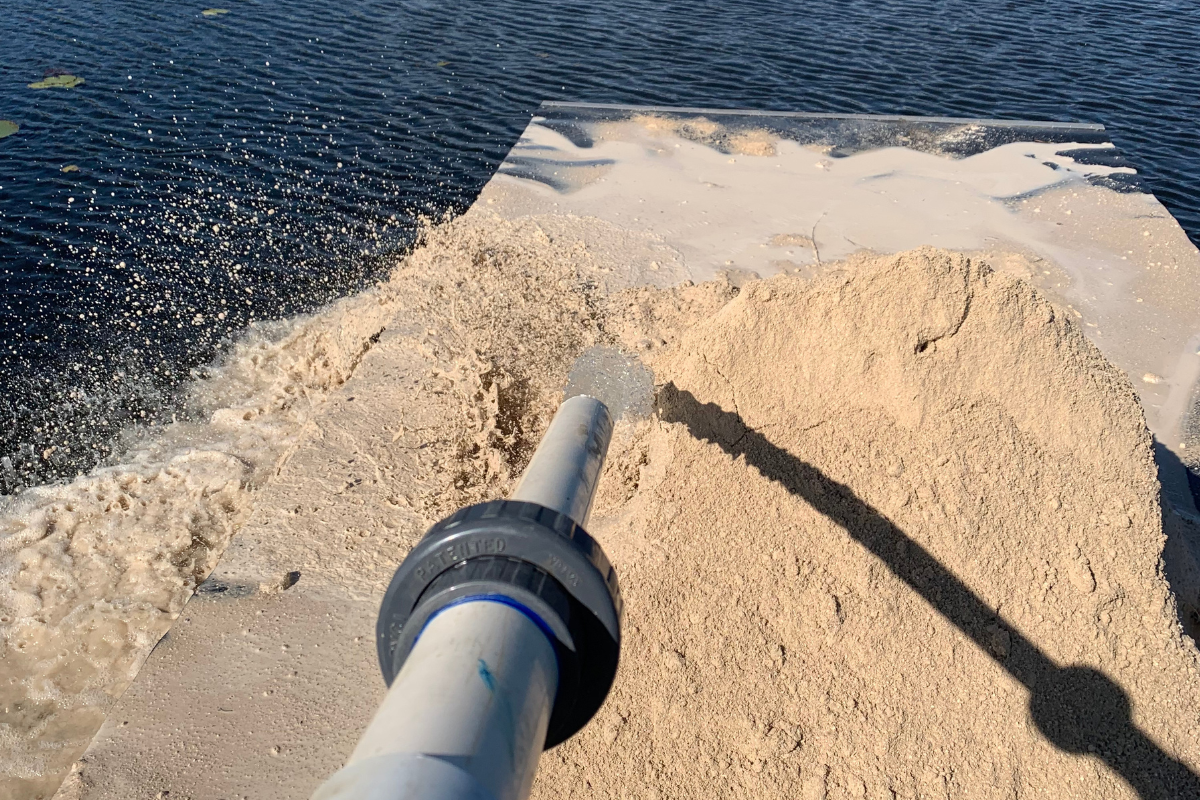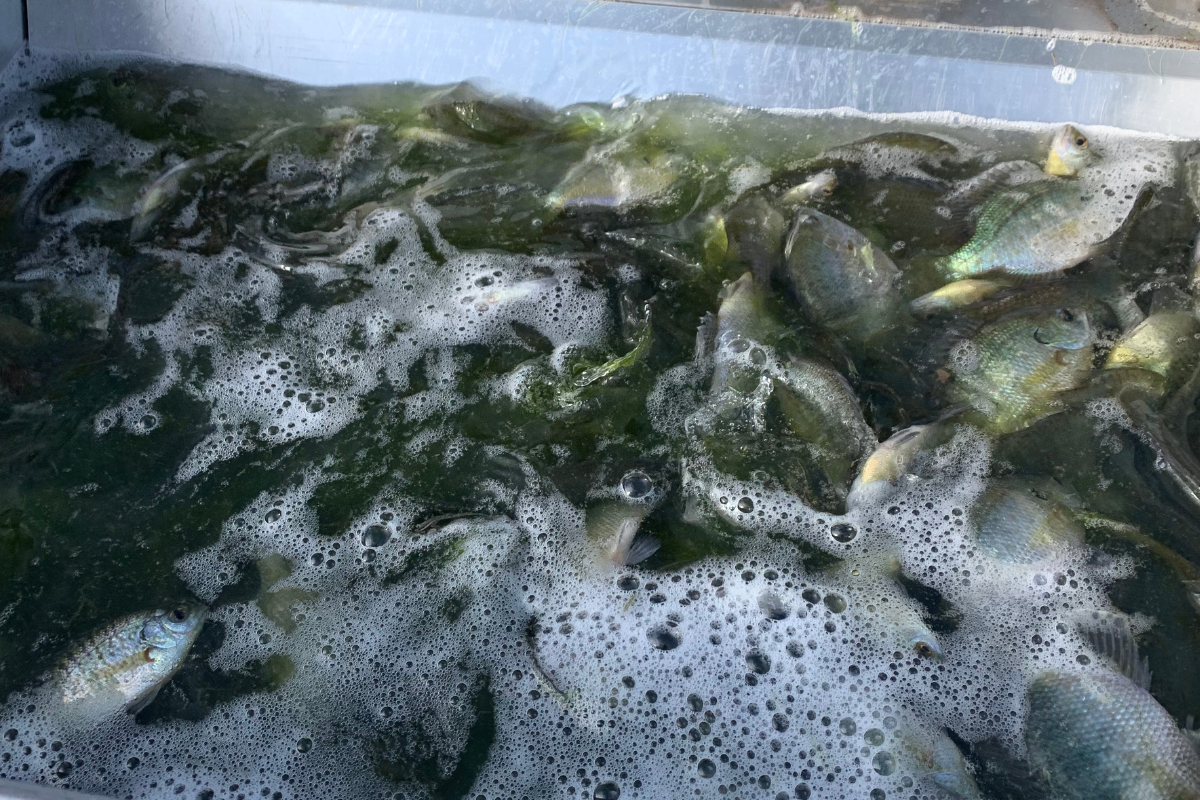It’s Full of Water. What’s Next?
We provide pond management solutions for a wide range of situations. Some of our customers have ponds that have been there for decades, while others need help establishing and managing a new pond that they’ve just built. In this blog, we wanted to address the new pond situation. Once your pond is built and is filled with water, what are the steps you need to take to make it a productive fishery?
1. Test the water in the new pond
It’s very likely that the alkalinity and hardness of the water in your new pond is not what it needs to be. Start by having the water tested for basic water quality metrics like alkalinity, hardness, dissolved oxygen, and pH. You might also want to test the pH in the morning versus the afternoon to see how much it varies between day and night hours. Once you have a baseline value for these water quality metrics, you’ll have a much better idea of what you need to add going forward.
2. Add lime in the cool season
Assuming your alkalinity and hardness levels are lower than 20ppm, you’ll want to add lime to improve the water quality for the plankton and fish that will be added later. As we described in this blog, liming is best done in the cooler months. So assuming your pond was built in the spring or summer months, you’d want to add lime in the fall or winter months. This will make your pond more responsive to fertilization in the spring months.
Most ponds will need at least 1 ton of lime per acre of pond surface area. Ponds with sandy bottoms might need 2-3 tons per acre. It takes 4.5 lbs of lime per acre-foot of water to adjust the alkalinity by 1 ppm, and 7 lbs of lime per acre-foot of water to raise the hardness 1 ppm. It’s hard to add too much lime, but make sure you get enough to get your water quality parameters where they need to be.

3. Fertilize in the spring
Once the water begins to warm in spring, you’ll want to fertilize the water to increase the nutrient concentrations. Having fertile water will promote strong plankton populations, which form the base of the pond food chain. Without a strong plankton population, prey populations like bluegill typically don’t flourish.
If your pond is near an agricultural source such as a dairy or commercial farmland, there’s a chance it may receive enough nutrients from runoff. But if it’s not near an agricultural source, it will surely need some level of fertilization. An easy way to tell is to look at the water clarity. If you can see more than 24″ down into the water, you need to fertilize.
4. Stock prey fish (bluegill)
This can be done prior to fertilizing the water, but is ideally done after the water quality has been corrected. Don’t stock prey (bluegill) and predator (bass) fish at the same time in a new pond or a recently drained pond. You’ll want to give time for the prey fish to grow, spawn, and establish before introducing any predators.
This can take a season or an entire year depending on the size of the bluegill you stock. If you’re stocking smaller, fry size bluegill, you’ll probably want to wait an entire year before stocking any predators. If you’re stocking 3-4″ bluegill or larger, wait until the fall to introduce any largemouth bass.

5. Add a Fish Feeder
As soon as you add bluegill to the pond, you’ll want to install at least one fish feeder. If the pond is larger than 5 acres, it’s not a bad idea to have multiple feeders. When filled with quality fish food, the fish feeder will help the bluegill grow to reproductive size much faster. And the faster they get to reproductive size, the sooner you can start to introduce predators like largemouth bass.
6. Stock predators (largemouth bass)
Once the bluegill population has had a chance to spawn at least once, you can then add largemouth bass. We prefer to stock bass in the cooler months when mortality rates are much lower. If we stock a pond with larger bluegill in the spring, we’ll wait until fall to stock with 8-12″ largemouth bass.
If you stock larger bass too early, they’ll eat most of the small bluegill and dampen your efforts to establish a strong prey population. A fish feeder is also helpful with smaller, newly stocked bass. The small bass will consume the fish food and grow much faster. Once they get large enough to consume bluegill, they’ll switch to those preferred fish food sources.
We Can Help with Your New Pond!
If you’re in the south GA or north FL areas and have a new pond or recently drained pond, we’ll be glad to help with all of these steps. We’ll come test your water, spread lime across the entire pond surface, fertilize the pond, and stock fish during the appropriate times. Just complete this form and we’ll contact you to schedule a time to meet. We look forward to turning your new pond into a productive fishery for years to come!

